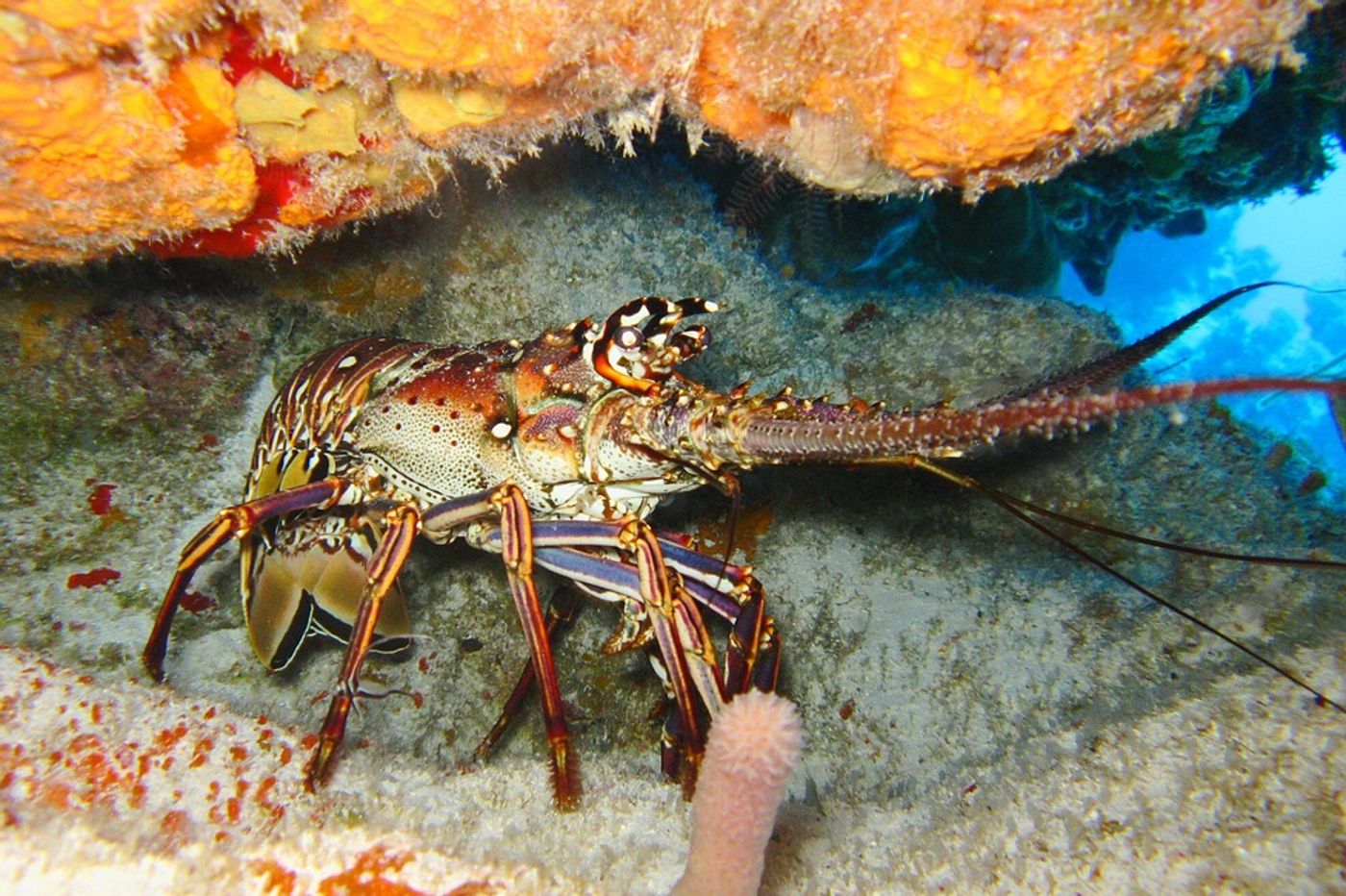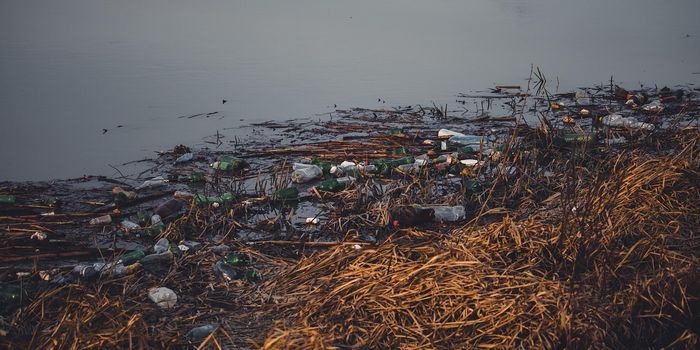A Lobster's Softer Shell Tissues Are Astonishingly Durable, New Research Claims
Lobsters are fascinating marine animals, but they’re also a delicacy in certain parts of the world. While eating lobster for dinner one evening, researcher Ming Guo from the Department of Mechanical Engineering at the Massachusetts Institute of Technology (MIT) became fascinated by the resilient properties of the translucent membrane found on the lobster’s underside.
Image Credit: Pixabay
Lobster shells have appeared in scientific studies before, but Guo was astonished to learn how little research there was about the translucent membrane. Given the circumstances, Guo took matters into his own hands; upon performing a variety of different tests on the lobster’s translucent membrane, he found that it was almost as durable as industrial rubber. The findings have been published in the journal Acta Biomaterialia.
Gou reached this conclusion after super-heating the lobster membrane samples in an oven and weighing them before and after to discern water loss. Perhaps unsurprisingly, around 90 percent of the material consisted of water, which makes it a hydrogel material analogous to collagen, animal skin, and natural rubber among other things.
"When lobsters swim, they stretch and move their joints and flip their tails really fast to escape from predators," Guo elucidated. "They can't be entirely covered in a hard shell—they need these softer connections. But nobody has looked at the membrane before, which is very surprising to us."
Related: Have you ever wondered why lobsters are boiled alive?
Other tests involved placing membrane samples in a stretching machine and poking at others with medical scalpels to mimic the hard and sharp objects that lobsters might drag their underbellies across while navigating the seafloor. The stretching machine could measure applied force, and with that in mind, Gou tested both non-battered samples and those that had been poked and prodded with the medical scalpel only to find that all sample pieces exhibited comparable resilience.
"This is quite unique for biomaterials," Guo added. "For many other tough hydrogels, the more you stretch, the softer they are. This strain-stiffening behavior could allow lobsters to flexibly move, but when something bad happens, they can stiffen and protect themselves."
"We made scratches to mimic what might happen when they're moving through sand, for example. We even cut through half the thickness of the membrane and found it could still be stretched equally far. If you did this with rubber composites, they would break."
Related: Coconut crabs pinch with an insane amount of force
Upon taking a closer look at the membrane material under an electron microscope, Guo found that it exhibited a multi-layer structure akin to that of plywood. Not only were there an innumerable amount of layers present, but they were situated at an angle, which increased the overall strength.
This is perhaps one of the most thorough studies to investigate the unique properties of a lobster’s softer shell tissue, and the researchers think that the findings could have possible implications for the future development of flexible armor designs, perhaps for military or police use.
It’s incredible to think that such a small, but important detail could have evaded research for so long. It should be interesting to see what comes of this research and whether future studies might build off the initial findings.
Source: MIT, Acta Biomaterialia









